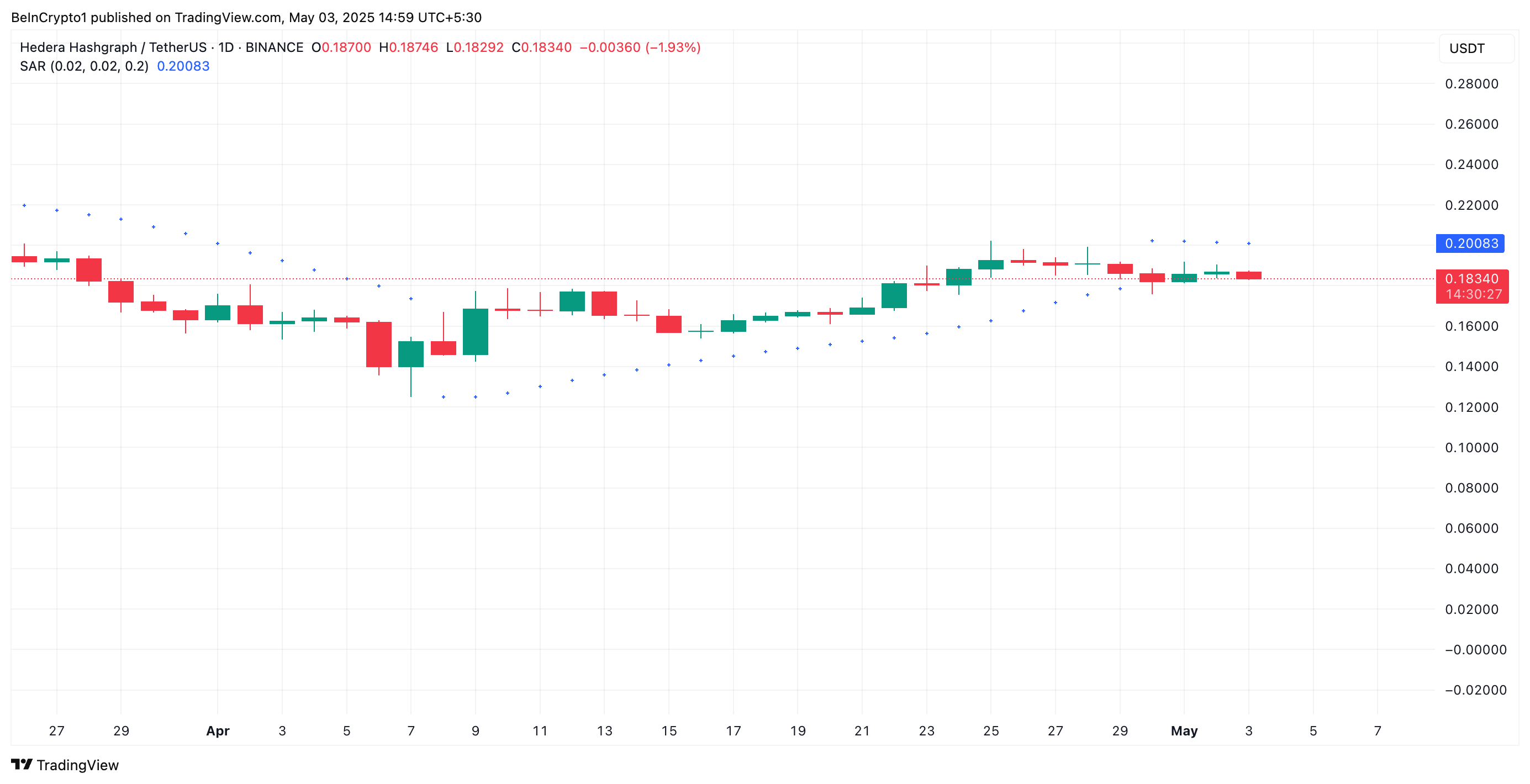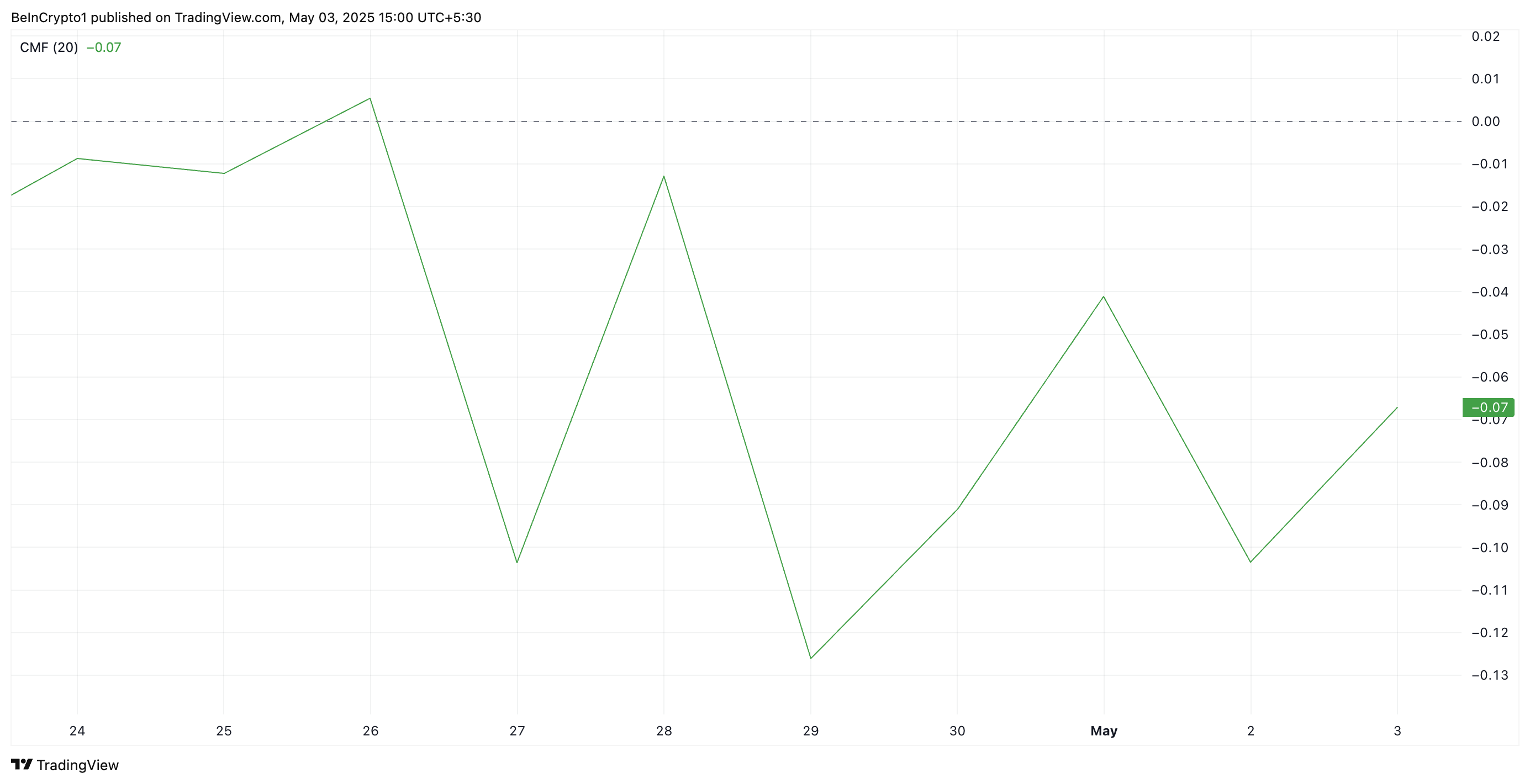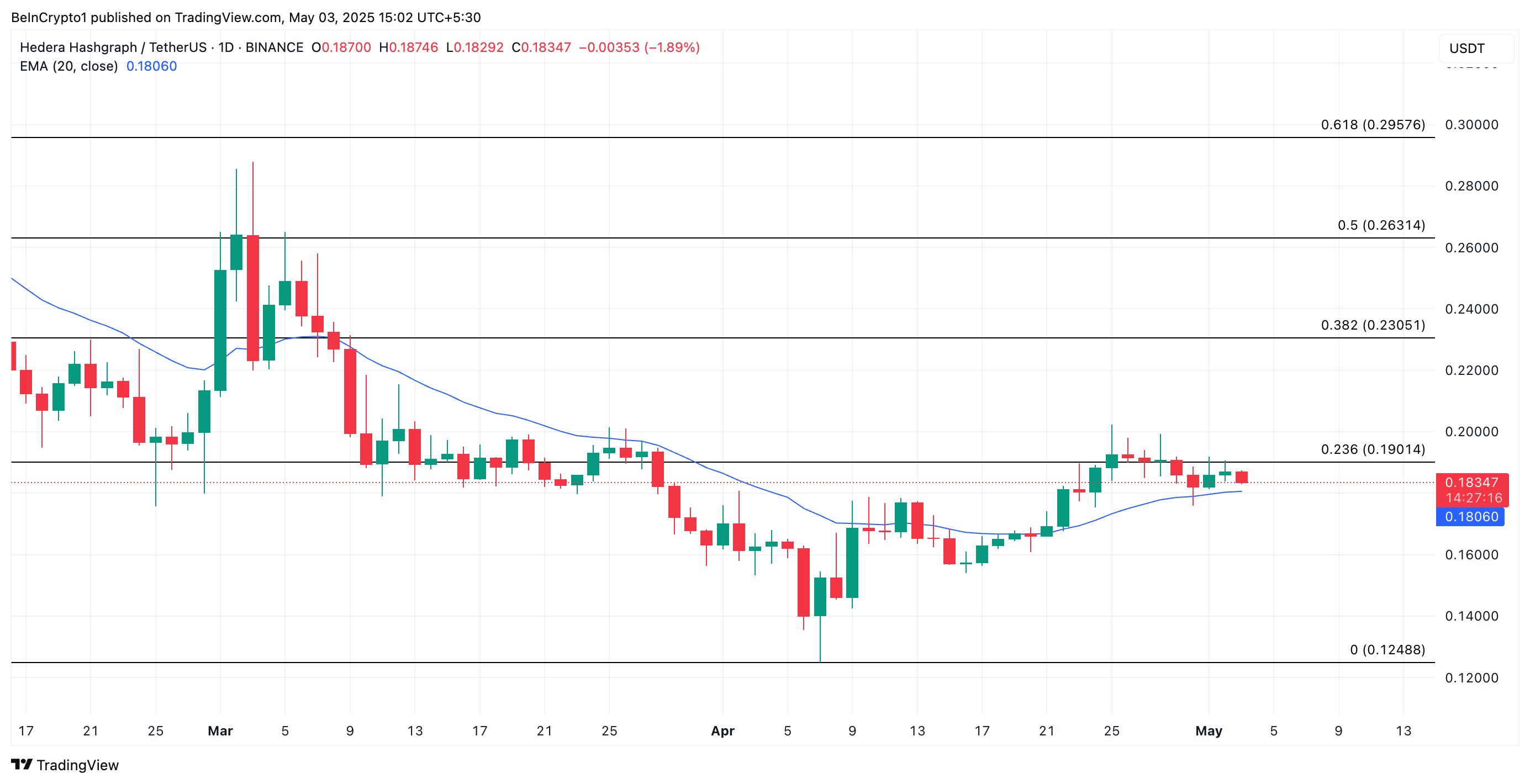REX Shares has filed with the US Securities and Exchange Commission (SEC) to introduce two new exchange-traded funds (ETFs) centered on Ethereum and Solana.
The filing, submitted on May 30, was marked “immediately effective,” signaling that the launch could happen soon.
REX’s New ETF Filings to Test SEC’s Stance on Staking
According to the SEC filing, these ETFs will hold the underlying crypto assets and stake a portion of them.
Each fund plans to invest at least 80% of its assets in either Ethereum or Solana. At least 50% of those holdings will be staked to earn on-chain rewards, which investors will receive as dividend income.
Bloomberg ETF analyst Eric Balchunas highlighted the filing’s significance, noting that it could lead to the launch of the first spot Solana ETF, as current offerings only track Solana futures.
He added that REX leveraged the Investment Company Act of 1940 (40 Act) to fast-track the listing. This allows the firm to bypass the longer and more cumbersome process tied to the Securities Act of 1933 (33 Act).
Moreover, these funds will operate as C corporations rather than follow the traditional structure of regulated investment companies (RICs). This structure provides specific tax advantages, particularly for staking-related activities.
James Seyffart, another Bloomberg ETF analyst, called the move a “clever legal and regulatory workaround” to bring staking-based ETFs to market.
“These ETFs are structured as c-corps which is very rare in the ETF world. Only really used for some MLP ETFs that I can think of top of my head. There are pros and cons to the structure but looks like one pro is that this was one way to get some level of signoff from the SEC,” Seyffart stated.
However, he cautioned that the long-term viability of this approach remains uncertain. This is because more efficient structures, such as grantor trusts, could eventually replace C-corp ETFs.
“There might be more efficient vehicles/structures for this type of exposure that come to market in the future. Maybe even later this year. Maybe later than that. There are lots of questions about grantor trusts and their ability to do staking that will likely require input from the IRS. (Grantor trusts are the structure underlying the current spot bitcoin and ethereum ETFs and the structure behind all the other spot crypto ETP filings),” Seyffart added.
Meanwhile, market observers noted that the filing comes shortly after the SEC issued updated guidance on crypto staking.
On Thursday, the financial regulator clarified that staking models do not automatically qualify as securities. It also noted that additional features like early withdrawal options or bundled services don’t change the regulatory status.
“The Division of Corporation Finance clarified its view that certain proof-of-stake blockchain protocol “staking” activities are not securities transactions within the scope of the federal securities laws,” SEC Commissioner Hester Peirce said.
Industry experts like Nate Geraci of the ETF Store believe this regulatory clarity could open the door for new crypto investment products. ETF issuers may now offer direct exposure to yield-generating digital assets through a familiar financial wrapper.
The post REX Files for Ethereum and Solana Staking ETF After SEC’s PoS Rule Change appeared first on BeInCrypto.








